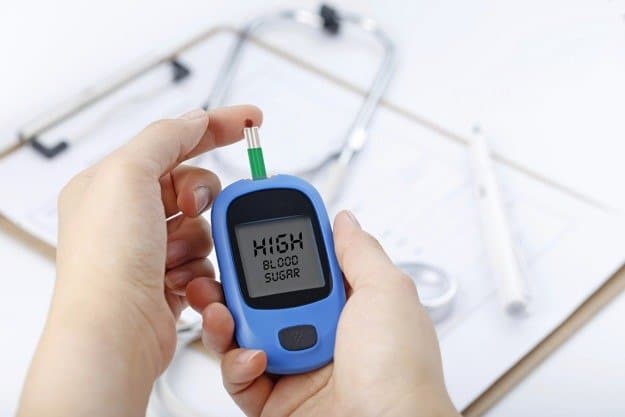In the realm of medical innovation, every breakthrough holds the promise of transforming lives. One such groundbreaking advancement has emerged in the form of magnetic gel, offering a ray of hope for individuals grappling with the challenges of diabetic wound healing. This revolutionary technology is poised to revolutionize the treatment landscape by accelerating the healing process and enhancing patient outcomes.
Understanding Diabetic Wound Healing
Diabetes, a chronic condition affecting millions worldwide, brings with it a myriad of complications, including impaired wound healing. Diabetic wounds tend to heal slower due to compromised blood circulation, neuropathy, and impaired immune function. These wounds often lead to chronic ulcers, posing significant health risks and diminishing the quality of life for patients.
Enter Magnetic Gel
The advent of magnetic gel marks a paradigm shift in wound care. This innovative gel, infused with magnetic nanoparticles, harnesses the power of magnetic fields to expedite the healing process. The gel is applied to the wound site, where it interacts with the body’s natural processes, stimulating cellular regeneration and tissue repair.
Read More About Exploring Benefits of Freestyle Libre 3 Sensor for Diabetes Management
How Magnetic Gel Works
At the heart of magnetic gel’s efficacy lies its ability to respond to external magnetic fields. When exposed to such fields, the magnetic nanoparticles within the gel align themselves, generating localized heat and promoting blood flow to the wound area. This enhanced circulation delivers vital nutrients and oxygen, crucial for facilitating healing. Moreover, the gel’s magnetic properties aid in the removal of toxins and waste products, fostering a cleaner, more conducive environment for tissue regeneration.
Accelerated Healing Benefits
The application of magnetic gel offers a multitude of benefits for diabetic wound healing, including:
Faster Healing Times: By promoting angiogenesis and cellular proliferation, magnetic gel accelerates the wound healing process, reducing healing times significantly.
Reduced Infection Risk: The heightened blood flow and improved tissue oxygenation create an environment that is hostile to pathogens, minimizing the risk of infection.
Enhanced Tissue Regeneration: Magnetic gel stimulates the production of growth factors and cytokines, which play pivotal roles in tissue regeneration, resulting in stronger, healthier tissue formation.
Pain Management: The localized heat generated by the gel provides analgesic effects, alleviating pain and discomfort associated with diabetic wounds.
Cost-Efficiency: Faster healing translates to reduced healthcare costs, fewer hospitalizations, and improved resource utilization, benefiting both patients and healthcare systems.
Must Read Diabetic Kidney Disease: Early Detection with Urine Biomarkers!
Clinical Efficacy
The effectiveness of magnetic gel in diabetic wound healing has been substantiated by clinical studies and real-world applications. Researchers have reported notable improvements in wound closure rates, with some studies demonstrating up to a 50% reduction in healing times compared to traditional therapies. Moreover, patient satisfaction levels have been overwhelmingly positive, highlighting the tangible impact of this innovative approach on quality of life.
Future Implications and Beyond
As magnetic gel continues to garner attention and validation within the medical community, its potential applications extend beyond diabetic wound healing. Researchers are exploring its utility in treating a myriad of conditions, including chronic ulcers, burns, and even musculoskeletal injuries. The versatility and efficacy of this technology hold promise for addressing unmet medical needs and ushering in a new era of regenerative medicine.
Also, read about PharmaSens’ ‘niia essential’ Simplifies Insulin Management
Conclusion
The advent of magnetic gel represents a monumental leap forward in the field of wound care, offering renewed hope for individuals grappling with the debilitating effects of diabetic wounds. By harnessing the power of magnetic fields to stimulate healing, this innovative therapy has the potential to transform lives, improve patient outcomes, and redefine the standards of care in chronic wound management. As we continue to unlock the full potential of this technology, the future looks brighter than ever for those in need of healing and relief.


